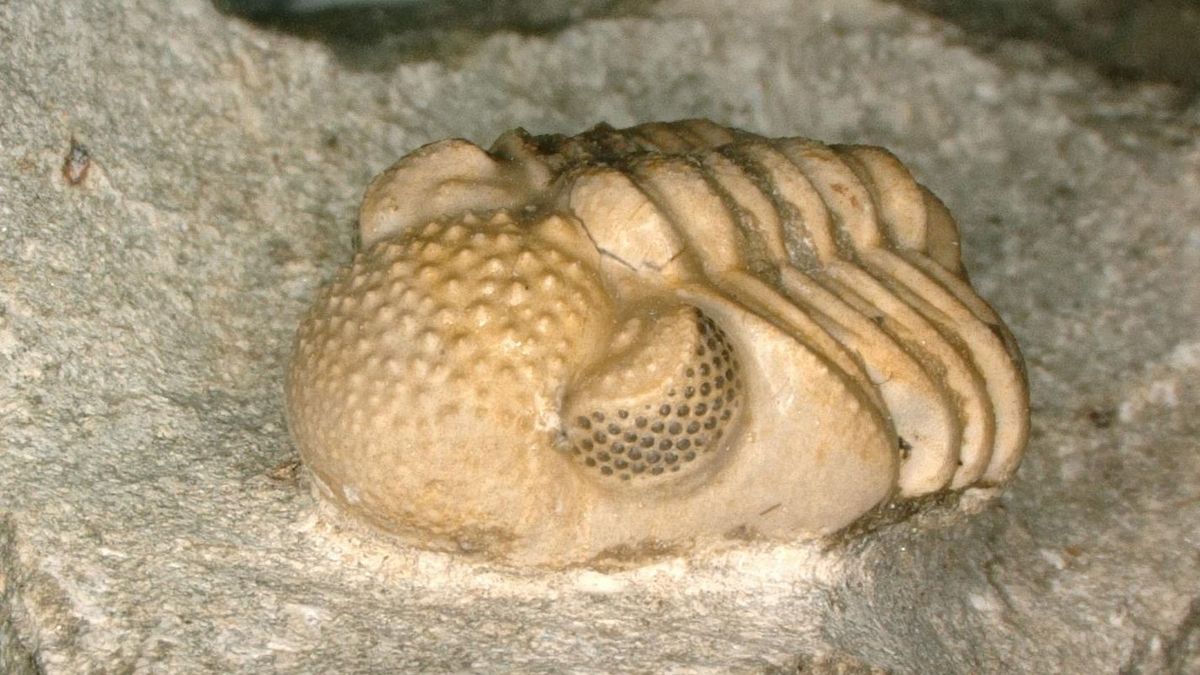
وجدت دراسة جديدة أن الهياكل البلورية ، الحاسمة في علوم وتقنيات المواد مثل أشباه الموصلات والألواح الشمسية ، لا يتم ترتيبها دائمًا بالضرورة بشكل منتظم. وجدوا أن التكديس العشوائي للطبقات السداسية (RHCP) ، الذي كان يُعتقد سابقًا أنه حالة انتقالية ، من المحتمل أن يكون مستقرًا ويمكن أن يوفر خصائص جديدة مفيدة في المواد متعددة الأنواع مثل كربيد السيليكون المستخدم في الإلكترونيات عالية الجهد والسترات الواقية من الرصاص.
تم قلب المعتقدات السابقة من خلال اكتشاف هياكل مرتبة بشكل غير منتظم.
بالنسبة للكثيرين ، تستحضر كلمة “بلورات” صوراً لماكزات الشمس المتلألئة التي تخلق موشورًا من ألوان قوس قزح أو أحجار شبه شفافة يُعتقد أنها تمتلك قدرات علاجية. لكن في العلوم والهندسة ، تتخذ البلورات تعريفًا أكثر تقنيًا. يُنظر إليها على أنها مواد يتم ترتيب مكوناتها – سواء كانت ذرات أو جزيئات أو جزيئات نانوية – بانتظام في الفضاء. بعبارة أخرى ، يتم تحديد البلورات من خلال الترتيب المنتظم لمكوناتها. تشمل الأمثلة المألوفة الماس وملح الطعام ومكعبات السكر.

سانغوو لي. الائتمان: معهد Rensselaer Polytechnic
على عكس هذا التعريف المقبول على نطاق واسع ، كشفت دراسة حديثة أجراها Sangwoo Lee ، الأستاذ المساعد في قسم الهندسة الكيميائية والبيولوجية في معهد Rensselaer Polytechnic ، عن جانب مثير للاهتمام في الهياكل البلورية ، حيث كشفت أن ترتيب المكونات في البلورات ليس دائمًا بالضرورة منتظمًا. .
يطور هذا الاكتشاف مجال علم المواد وله آثار غير محققة على المواد المستخدمة[{” attribute=””>semiconductors, solar panels, and electric vehicle technologies.
One of the most common and important classes of crystal structures is the close-packed structures of regular spheres constructed by stacking layers of spheres in a honeycomb arrangement. There are many ways to stack the layers to construct close-packed structures, and how nature selects specific stacking is an important question in materials and physics research. In the close-packing construction, there is a very unusual structure with irregularly spaced constituents known as the random stacking of two-dimensional hexagonal layers (RHCP). This structure was first observed from cobalt metal in 1942, but it has been regarded as a transitional and energetically unpreferred state.
Lee’s research group collected X-ray scattering data from soft model nanoparticles made of polymers and realized that the scattering data contains important results about RHCP but is very complicated. Then, Patrick Underhill, professor in Rensselaer’s Department of Chemical and Biological Engineering, enabled the analysis of the scattering data using the supercomputer system, Artificial Intelligence Multiprocessing Optimized System (AiMOS), at the Center for Computational Innovations.
“What we found is that the RHCP structure is, very likely, a stable structure, and this is the reason that RHCP has been widely observed in many materials and naturally occurring crystal systems,” said Lee. “This finding challenges the classical definition of crystals.”
The study provides insights into the phenomenon known as polytypism, which enables the formation of RHCP and other close-packed structures. A representative material with polytypism is silicon carbide, widely used for high-voltage electronics in electric vehicles and as hard materials for body armor. Lee’s team’s findings indicate that those polytypic materials may have continuous structural transitions, including the non-classical random arrangements with new useful properties.
“The problem of how soft particles pack seems straightforward, but even the most basic questions are challenging to answer,” said Kevin Dorfman of the University of Minnesota-Twin Cities, who is unaffiliated with this research. “This paper provides compelling evidence for a continuous transition between face-centered cubic (FCC) and hexagonal close-packed (HCP) lattices, which implies a stable random hexagonal close-packed phase between them and, thus, makes an important breakthrough in materials science.”
“I am particularly pleased with this discovery, which shows the power of advanced computation to make an important breakthrough in materials science by decoding the molecular level structures in soft materials,” said Shekhar Garde, dean of Rensselaer’s School of Engineering. “Lee and Underhill’s work at Rensselaer also promises to open up opportunities for many technological applications for these new materials.”
Reference: “Continuous transition of colloidal crystals through stable random orders” by Juhong Ahn, Liwen Chen, Patrick T. Underhill, Guillaume Freychet, Mikhail Zhernenkovc and Sangwoo Lee, 14 April 2023, Soft Matter.
DOI: 10.1039/D3SM00199G
Lee and Underhill were joined in research by Rensselaer’s Juhong Ahn, Liwen Chen of the University of Shanghai for Science and Technology, and Guillaume Freychet and Mikhail Zhernenkov of Brookhaven National Laboratory.

“هواة الإنترنت المتواضعين بشكل يثير الغضب. مثيري الشغب فخور. عاشق الويب. رجل أعمال. محامي الموسيقى الحائز على جوائز.”


:quality(70)/cloudfront-eu-central-1.images.arcpublishing.com/irishtimes/IEZMOTBGA6PJOFHV26EZG4JKRY.jpg)


